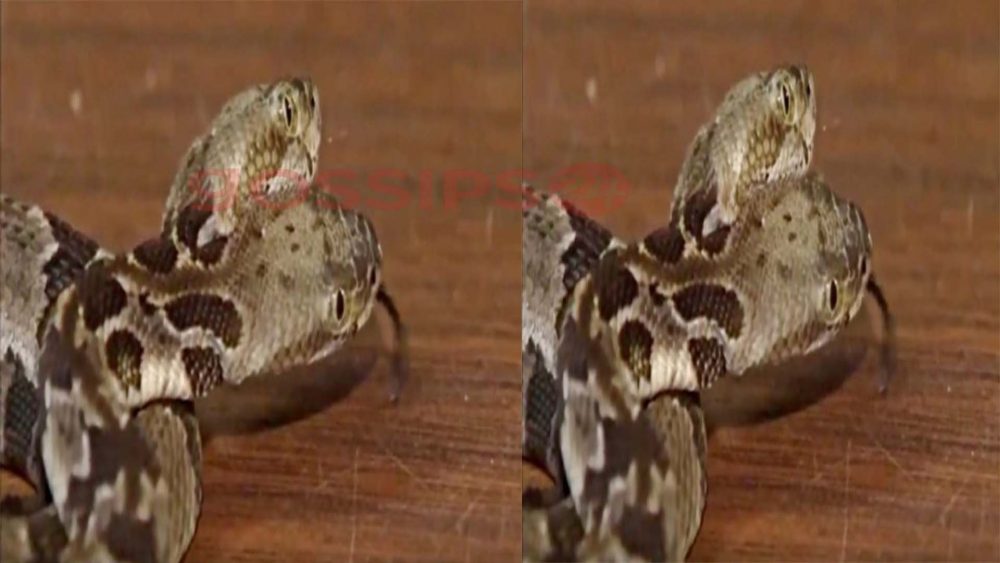A rare, two-headed snake, with one shared body has been found by two herpetologists in New Jersey, United States.
Double-Dave, as the snake is now called, by the finders, is a baby rattlesnake, just a few weeks old and about 9 inches (23 centimeters) long, according to a recent segment on ABC News.
Herpetologists Dave Schneider and Dave Burkett, who work with the Herpetological Associates in Pemberton, New Jersey, found the critter a few weeks ago while surveying the nearby Pine Barrens — a heavily forested area stretching across the southern tip of the state.
Bicephalic animals like D-D rarely survive to maturity in the wild; decisions as simple as whether to slither left or right, or which head gets to eat first, suddenly become staggering battles of will, leaving bicephalic animals especially vulnerable to predators, reports livescience.com
Knowing this, the Daves decided to take the young snake back to their office, where they’ve been feeding and caring for it for several weeks.
So far, it seems, Double-Dave is getting along with himself in his new home.
Double-Dave appears healthy, though Schneider and his colleague hope to X-ray the creature soon to find out if it has a fully formed digestive system.
While living examples of bicephalic animals like Double-Dave are rare, two-headed creatures are born more often than one might think.
Last September, a two-headed viper was found slithering around a residential garden in Virginia; X-rays revealed the creature had two tracheas and two esophagi leading to a shared heart and set of lungs.
Before that, a two-headed deer was found dead in the Minnesota backwoods, and a two-headed porpoise was hauled up from the North Sea in 2017. Bicephalic animals have even crossed the frontier into space: Last year, a flatworm — a species of worm that can regrow into complete individuals after being cut into pieces — grew a second head on its butt while riding aboard the International Space Station.


